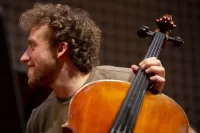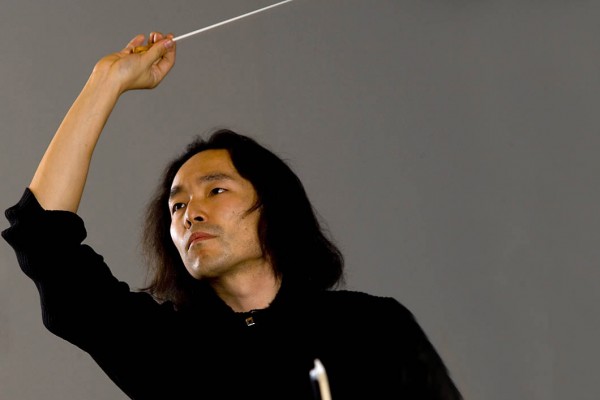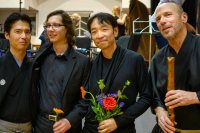
Bates Orchestra performs international odes to the homeland
The Bates College Orchestra, led by conductor Hiroya Miura, showcases Russian, Czech and German music inspired by love for the homeland at 7:30 p.m. Saturday, March 14, in the Olin Arts Center Concert Hall, 75 Russell St.
Admission is free, but tickets are required, available at bit.ly/oacbates. For more information, contact 207-786-6135 or olinarts@bates.edu.
The program consists of Alexander Glazunov’s “Stenka Razin” symphony, Antonin Dvorak’s Cello Concerto in B Minor and Robert Schumann’s Symphony No. 3 in E-flat Major (“Rheinische”). This year’s orchestra features 32 Bates students, 12 community members and five faculty members.
Glazunov was one of the foremost Russian composers of the late Romantic period. A musical prodigy, he composed “Stenka Razin,” at the age of 20 in 1885. His second symphony, the work made him famous.
Caught in the transition between the romanticism of the 19th century and the modernism of the 20th, Glazunov absorbed both the lyricism and grandeur of the great Russian Romantics like Tchaikovsky and Borodin, and the nationalism of his contemporaries.
“Stenza Razin” was one of Glazunov’s early nationalist works and dramatizes the story of the Cossack Stenza Razin, who was executed after leading an unsuccessful revolt against the tsarist regime in southern Russia in the late 17th century.
Featuring Alexander Bennett ’15 as soloist, Dvorak’s Cello Concerto (1894-95) is the last solo concerto written by the Czech composer. Regarded as one of the greatest cello concerti of all time, it is, as Betsy Schwarm writes, “admired for the richness of its orchestral music and for the lyrical writing for the solo instrument.” Longing and tragedy come through in the second movement, an adagio harking back to an earlier composition reflecting Dvorak’s attachment to an unrequited love of 30 years.
Schumann’s “Rheinische” symphony pays homage to the Rhineland as a source of German identity. The first movement captures a warmth and festivity inspired by Schumann’s experiences in Düsseldorf during 1850. A scherzo, the second movement departs from the folk dance form called the “Ländler” to evoke cultural and personal experiences associated with the Rhine.
A longing for childhood innocence, one of Schumann’s favorite themes, permeates the third movement. The fourth is linked to another specific locale, the cathedral in Cologne. The music suggests the cathedral’s grand architecture and builds to a triumphant finale, echoing the energy and enthusiasm of the first movement.





